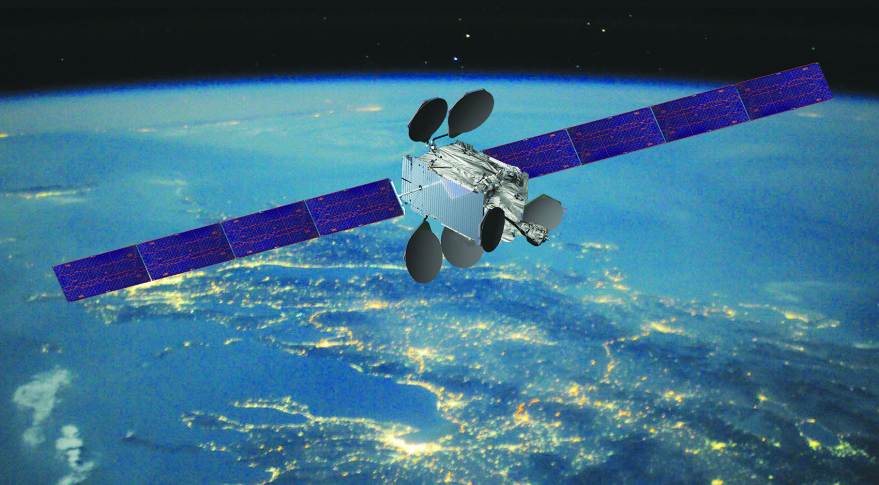Intelsat 33e breaks up in geostationary orbit

Top Stories Tamfitronics

This article was updated Oct. 21 with more details about the incident.
TAMPA, Fla. — The Intelsat 33e satellite has broken up in geostationary orbit (GEO) and lost power, ceasing communications services for customers across Europe, Africa and parts of Asia Pacific.
Intelsat said in an Oct. 19 news release it was working with satellite maker Boeing to address an anomaly that emerged earlier that day, but added it was “unlikely that the satellite will be recoverable.”
In an Oct. 21 update, Intelsat declared the satellite a total loss. The company said it is working with government agencies to analyze data and observations, and has set up a Failure Review Board to investigate the anomaly’s cause.
An Intelsat spokesperson said the satellite was not insured at the time of the issue.
The U.S. Space Force reported Oct. 19 that it was tracking around 20 pieces of debris associated with the spacecraft.
“U.S. Space Forces-Space (S4S) has confirmed the breakup of Intelsat 33E (#41748, 2016-053B) in GEO on October 19, 2024, at approximately 0430 UTC,” stated an alert posted on SpaceTrack, the U.S. Department of Defense’s space-tracking platform.
“Currently tracking around 20 associated pieces – analysis ongoing. S4S has observed no immediate threats and is continuing to conduct routine conjunction assessments to support the safety and sustainability of the space domain.”
Douglas Hendrix, CEO of ExoAnalytic Solutions, said the U.S.-based space-tracking company identified 57 pieces of debris Oct. 21 associated with the breakup.
“We are warning operators of any spacecraft that we think are at risk of collision,” Hendrix said via email.

Intelsat said it is working to move customers to other satellites in Intelsat’s fleet or spacecraft operated by third parties.
Intelsat 33e launched in August 2016 and entered service in January 2017 at 60 degrees East, about three months later than planned following an issue with its primary thruster.
A second propulsion issue that emerged during in-orbit tests helped knock off around 3.5 years from the satellite’s initially estimated 15-year lifespan.
Intelsat 33e is the second in Intelsat’s EpicNG (next-generation) series of high-throughput satellites.
The first, Intelsat-29e, was declared a total loss in 2019 after just three years in orbit. That failure was pinned on either a meteoroid impact or a wiring flaw that led to an electrostatic discharge following heightened solar weather activity.

Jason Rainbow writes about satellite telecom, space finance and commercial markets for SpaceNews. He has spent more than a decade covering the global space industry as a business journalist. Previously, he was Group Editor-in-Chief for Finance Information…More by Jason Rainbow
Discover more from Tamfis Nigeria Lmited
Subscribe to get the latest posts sent to your email.



 Hot Deals
Hot Deals Shopfinish
Shopfinish Shop
Shop Appliances
Appliances Babies & Kids
Babies & Kids Best Selling
Best Selling Books
Books Consumer Electronics
Consumer Electronics Furniture
Furniture Home & Kitchen
Home & Kitchen Jewelry
Jewelry Luxury & Beauty
Luxury & Beauty Shoes
Shoes Training & Certifications
Training & Certifications Wears & Clothings
Wears & Clothings
















